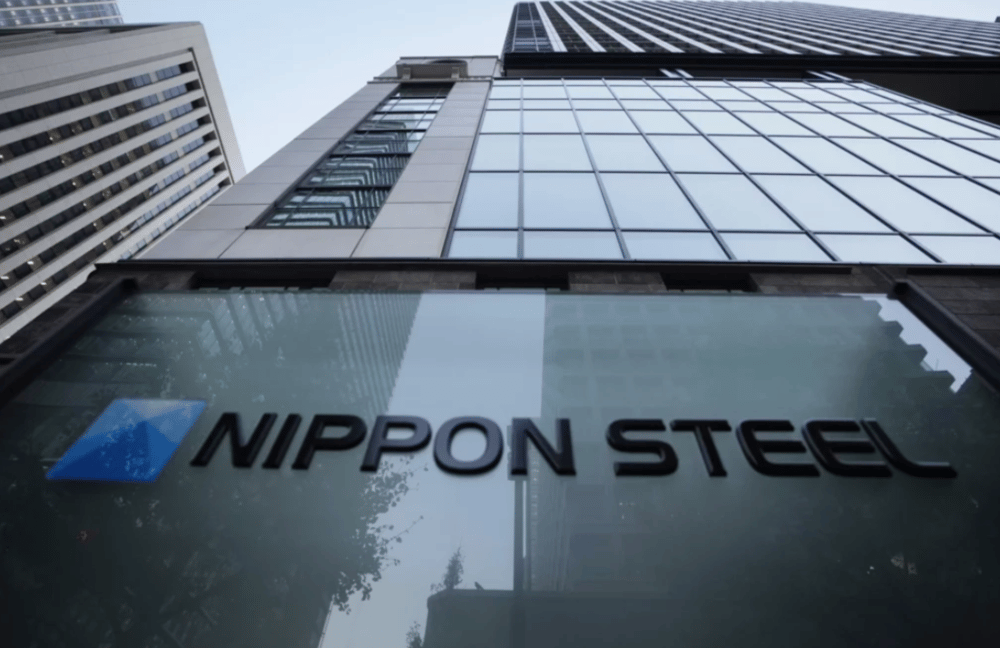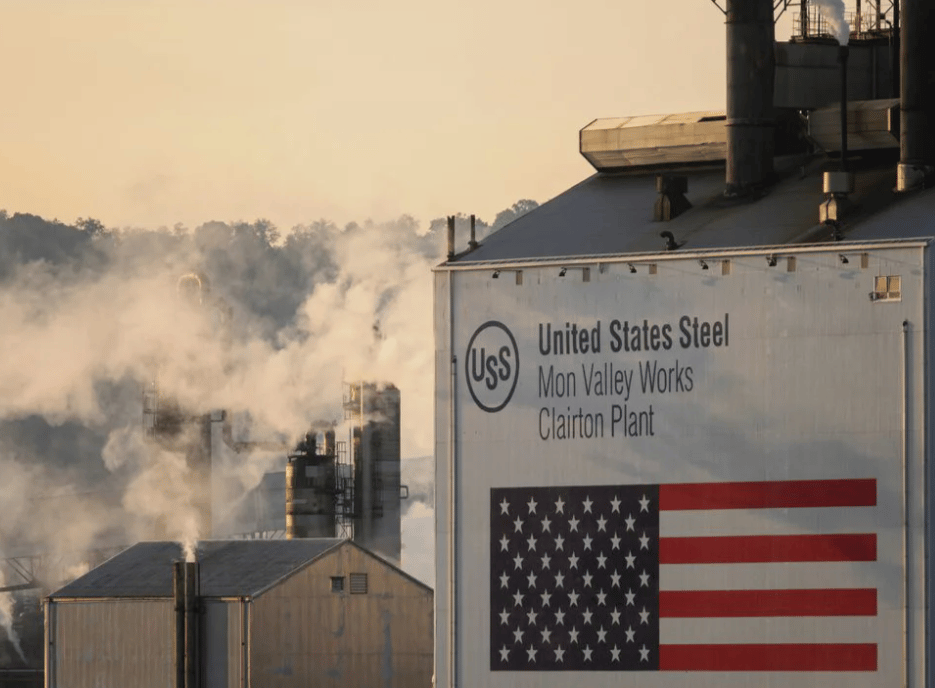Nippon Steel’s $14.9 Billion Bid for U.S. Steel Nears Approval as Mexican Antitrust Review Resumes
The anticipated $14.9 billion acquisition of U.S. Steel $X by Japanese giant Nippon Steel Corporation $5401.T is moving closer to fruition, as Mexico’s antitrust regulator, Cofece, is expected to resume the review of the deal this Thursday. This development removes one of the final regulatory barriers to the merger, which was initially announced in December 2023. Nippon Steel’s acquisition aims to further consolidate the global steel industry amid shifting market dynamics and increasing pressures on supply chains.
Regulatory and Market Implications of the Nippon Steel-U.S. Steel Deal
The pending acquisition represents a significant consolidation within the steel sector, a move likely to reshape competitive dynamics in North America and globally. Nippon Steel’s bid at $14.9 billion for U.S. Steel seeks to combine operational strengths, enhance production capabilities, and leverage synergies across markets.
Previously, Cofece—the Mexican antitrust authority—had approved the merger, but its permit has since expired, necessitating a renewed evaluation to extend regulatory clearance. This review signals the rigorous oversight applied to large cross-border deals in the steel industry, given concerns over market concentration, pricing power, and potential impacts on consumers and competitors.
The merger, if approved, could lead to cost efficiencies and innovation within the combined entity, but also raises scrutiny regarding fair competition. Stakeholders await the regulator’s decision, which will influence the timeline for closing the transaction and future strategic moves in the steel market.

Brief Facts
Nippon Steel’s acquisition offer for U.S. Steel amounts to $14.9 billion.
The deal was first announced in December 2023.
Mexican antitrust regulator Cofece had previously approved the merger.
The permit expired, prompting a renewed review process expected to restart Thursday.
The merger aims to consolidate steel production capabilities across key markets.
Market Reaction and Industry Commentary on the Merger Review
Industry analysts observe that the resumption of Cofece’s review could be a decisive factor in the deal’s completion schedule. The Mexican market is strategically important due to its proximity to U.S. manufacturing hubs and integrated supply chains. Regulatory approval here is crucial for Nippon Steel and U.S. Steel to operate seamlessly post-merger.
Market reaction has been cautiously optimistic, with steel sector indices showing mild gains, reflecting investor confidence in the potential operational synergies and cost-saving opportunities from the deal. However, concerns remain about the possibility of extended regulatory delays, which could introduce uncertainty.
Commentators highlight the broader trend of consolidation in the global steel industry, driven by increased capital intensity and the need for scale to maintain profitability amid fluctuating raw material costs and demand shifts.

Key Points
Cofece’s renewed review is critical to extend merger approval.
The $14.9 billion deal represents one of the largest steel industry consolidations in recent years.
Regulatory oversight reflects concerns over market concentration and competition.
Mexican market approval is vital due to regional supply chain integration.
Market sentiment remains cautiously positive amid potential delays.
Global steel industry consolidation continues as companies seek economies of scale.
Significance of Cofece’s Review for the Nippon Steel and U.S. Steel Merger
The expected resumption of Mexico’s antitrust review by Cofece marks a pivotal step toward finalizing Nippon Steel’s acquisition of U.S. Steel. This transaction not only signifies a major consolidation in the steel sector but also exemplifies the complex regulatory landscape facing large-scale cross-border mergers.
Successfully navigating this regulatory hurdle will enable the companies to leverage combined resources, optimize operations, and strengthen their competitive positioning in a challenging global market. The outcome will set an important precedent for future mergers in the steel industry and underscore the increasing role of regulatory bodies in shaping market structures.















Comments
The automation sector is entering a phase of structural transformation fueled by innovation